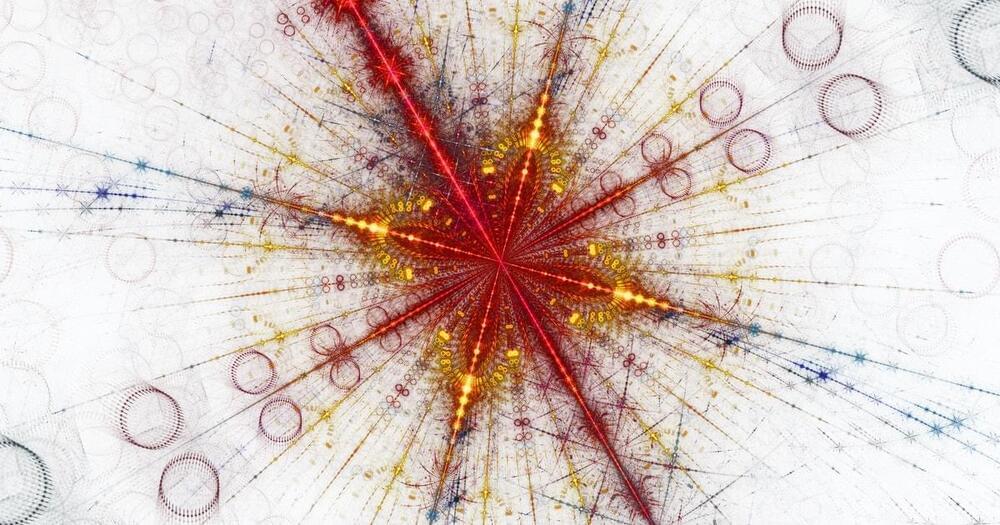Straight from the world of aquatic sports to the cosmic realm.
Some 70 years later, we are still relying on air friction, heatshields, and parachutes and landing at sea more often than not. A change could boost the commercialization of LEO.
Straight from the world of aquatic sports to the cosmic realm.
Some 70 years later, we are still relying on air friction, heatshields, and parachutes and landing at sea more often than not. A change could boost the commercialization of LEO.
This new see-through wood alternative to glass has better heat-insulating properties to reduce your cost of heating and cooling.
– Maine Coon Central
With so many people questioning the Maine Coon’s mysterious origins, it’s not surprising that bizarre queries like, ‘Is a Maine Coon Part Raccoon?’ have been asked!
Let’s take a closer look at all the facts, to determine the answer.
Maine Coon cats are not part raccoon. Their heritage is considered very mysterious, however, scientists have now proven this more bizarre historical myth to be biologically impossible. It is more likely that Maine Coon cats are descendants of the Norwegian Forest Cats kept on Viking ships, to catch mice.
Are Maine Coon Cats Related To Raccoons?


Proteins are structured like folded chains. These chains are composed of small units of 20 possible amino acids, each labeled by a letter of the alphabet. A protein chain can be represented as a string of these alphabetic letters, very much like a string of music notes in alphabetical notation.
Protein chains can also fold into wavy and curved patterns with ups, downs, turns, and loops. Likewise, music consists of sound waves of higher and lower pitches, with changing tempos and repeating motifs.
Protein-to-music algorithms can thus map the structural and physiochemical features of a string of amino acids onto the musical features of a string of notes.

Lazzarini.
The standout feature is, of course, the arc, or “hole deck” as Lazzarini calls it, which can be customized to each seafarer’s needs. Accessible via a door at the vessel’s bow, the sprawling space is ideal for lounging and is fitted with steps down to the ocean for requisite dips.
Shape is crowned by a glass-bottom infinity pool situated on the upper deck. It allows the swimmers above to look down on those below (or vice versa). Here, you’ll also find a helipad to facilitate the comings and goings of those onboard. At the stern, meanwhile, there is a waterside beach club with a diving platform, plus a garage for toys.

Circa 2018
The birth of the world’s first “test-tube” lion cubs have sparked hope that the some of the world’s most endangered big cat species could be saved from extinction.
The male and female lion cubs were born in South Africa last week and mark the first time a successful pregnancy has been achieved through artificial insemination.
A research team at the University of Pretoria pioneered the research of in-vitro fertilization in which the harvested sperm of a male lion was placed inside the lioness to impregnate her.


“While there have been published doubts raised about the accuracy of some of this CMB data, taken at face value it appears we may not have the right understanding, and it changes how big the Hubble constant should be today,” Riess said at the time.
“This surprising finding may be an important clue to understanding those mysterious parts of the universe that make up 95% of everything and don’t emit light, such as dark energy, dark matter and dark radiation.” Given its breadth and scope, astronomers around the world have taken the findings of Riess and his colleagues very seriously. After all, in 2011 Riess had shared the Nobel Prize in Physics for the initial discovery that the universe wasn’t just expanding, but that the rate at which it was doing so was also increasing.
Erik Verlinde of the University of Amsterdam has spent much of his time since 2010 attempting to develop a totally new theory of gravity, one that explains such observations without the need to invoke the likes of dark matter and dark energy. This resulted in his theory of emergent gravity, so-called because gravity is not a fundamental force after all, but an emergent phenomenon, similar to temperature emerging from the movement of particles.